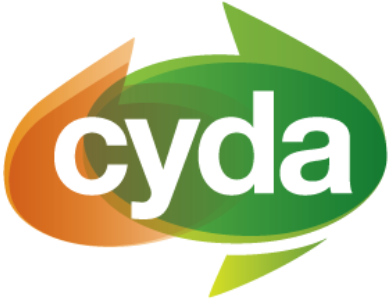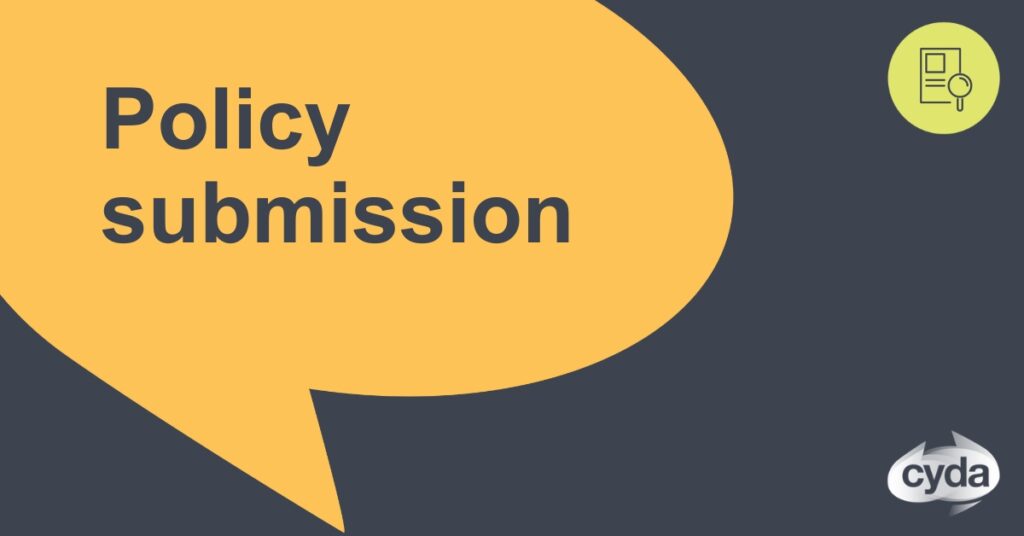Health information is some of the most intensely personal information that will ever be recorded about an individual. For that reason, there is a strong community expectation that personal health information will remain private and secure, and that individuals will have control over who has access to their records. Currently, the vast majority of Australians do have a significant degree of control over who has access to their personal health information.
You can download our full submission using the buttons above.


